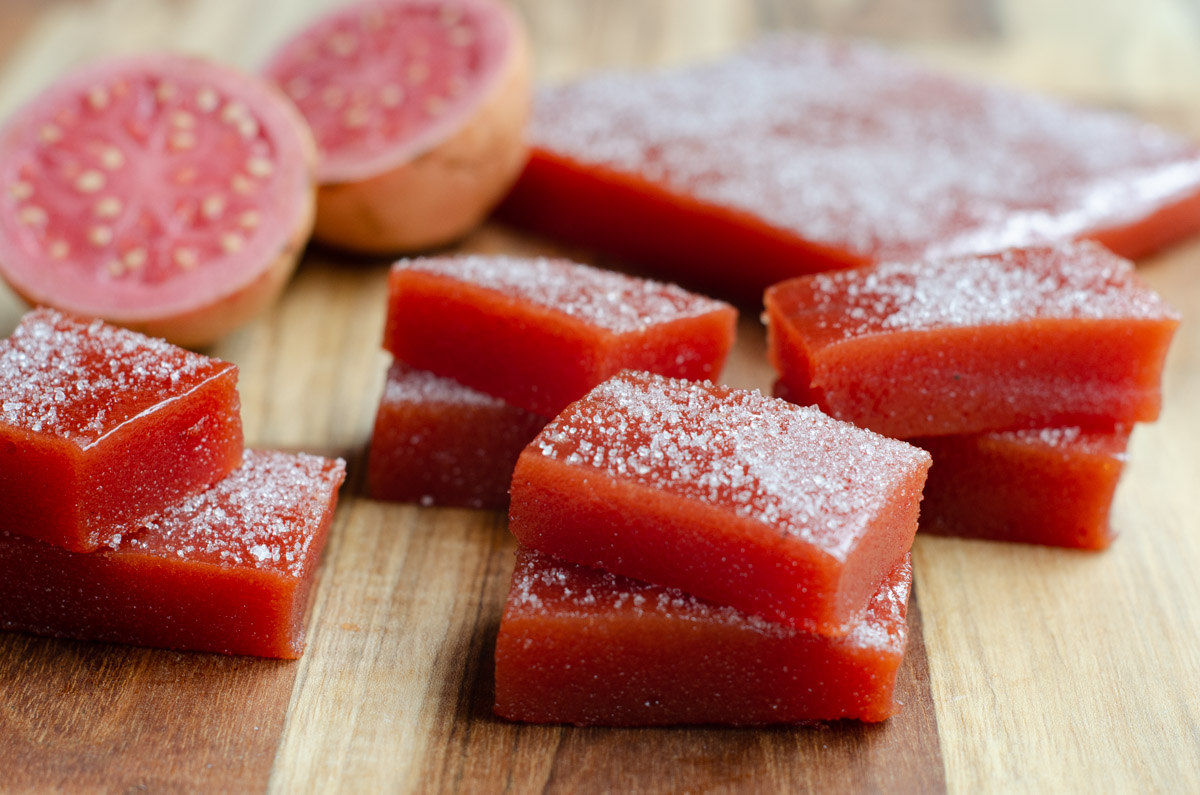

Articles
How To Store Guava Paste
Modified: February 23, 2024
Learn how to properly store guava paste to preserve its flavor and freshness. Read our informative articles for expert tips and guidelines.
(Many of the links in this article redirect to a specific reviewed product. Your purchase of these products through affiliate links helps to generate commission for Storables.com, at no extra cost. Learn more)
Introduction
Guava paste is a delightful and versatile fruit product that is commonly used in various recipes, desserts, and snacks. Made from ripe guava fruit, it has a sweet and tangy flavor that is loved by many. Whether you have made guava paste from scratch or purchased it from a store, proper storage is crucial to maintain its freshness and quality.
In this article, we will guide you on how to store guava paste effectively to ensure its longevity and deliciousness. We will cover the steps involved in choosing the right guava paste, preparing the storage container, wrapping the paste, and storing it both in the refrigerator and outside. Additionally, we will provide tips on how to check for spoilage to ensure that you consume guava paste at its best.
By following these simple steps, you can enjoy the rich taste of guava paste for an extended period, whether you want to savor it on its own or incorporate it into your favorite recipes. Let’s dive into the details and learn how to store guava paste properly!
Key Takeaways:
- Properly storing guava paste is crucial for maintaining its flavor and quality. Choose high-quality paste, wrap it tightly, and store it in airtight containers to enjoy its sweet and tangy taste for an extended period.
- Whether in the refrigerator or outside, follow specific steps to store guava paste effectively. Regularly check for spoilage to ensure its safety and enjoy the delightful flavors in various recipes and snacks.
Read more: How To Store Guavas
Step 1: Choosing the right guava paste
When it comes to storing guava paste, it’s essential to start with high-quality guava paste to maintain its flavor and texture. Here are a few factors to consider when choosing the right guava paste for storage:
- Check the packaging: Look for guava paste that is packaged in airtight containers or sealed packaging. This will help to prevent air and moisture from entering the package, ensuring the paste stays fresh for a longer period.
- Inspect the color and texture: Choose guava paste that has a vibrant and consistent color. The texture should be smooth and free from any lumps or clumps. Avoid guava paste that appears discolored or has an unusual texture, as it may indicate spoilage.
- Consider the brand: Opt for trusted brands that are known for producing high-quality guava paste. Read reviews or ask for recommendations to ensure that you are getting a reliable and delicious product.
- Check the expiration date: Always check the expiration date on the packaging before purchasing guava paste. Choose a product with a longer shelf life to ensure that it will remain fresh for a considerable period.
- Take note of any additives: Some guava paste may contain preservatives or additives to prolong its shelf life. If you prefer a more natural option, look for guava paste with minimal or no additives.
By considering these factors when selecting your guava paste, you can ensure that you are starting with a high-quality product that is more likely to retain its flavor and freshness during storage. Now that you have chosen the right guava paste, let’s move on to the next step: preparing the storage container.
Step 2: Preparing the storage container
Properly preparing the storage container is crucial for maintaining the quality and freshness of guava paste. Here are the steps to follow when preparing the storage container:
- Clean the container: Start by ensuring that the storage container is clean and free from any dirt, debris, or residue. Wash it with hot soapy water and rinse it thoroughly before use. This will help prevent any contamination that could affect the guava paste.
- Dry the container: After cleaning, make sure to dry the container completely. Any moisture left inside the container can promote mold growth and spoil the guava paste. Use a clean towel or let it air dry before proceeding.
- Choose an airtight container: Select a storage container that has a tight-fitting lid or closure mechanism. This will help create a seal that prevents air from entering the container and keeps the guava paste fresh for a longer time.
- Use a glass or food-grade plastic container: Glass or food-grade plastic containers are ideal for storing guava paste as they are non-reactive and won’t affect its taste or quality. Avoid using containers made of reactive materials such as aluminum, as they can alter the flavor of the paste.
- Consider portion sizes: If you plan to use the guava paste in smaller portions, consider using smaller containers or subdividing a larger container into individual portions. This will allow you to access only what you need without exposing the entire batch to air each time you open the container.
- Label the container: Lastly, don’t forget to label the storage container with the date of storage. This will help you keep track of the freshness and determine when it is time to consume or discard the guava paste.
By following these steps, you will ensure that the storage container is clean, airtight, and suitable for preserving the guava paste effectively. Now that the container is ready, it’s time to move on to wrapping the guava paste, which we will discuss in the next step.
Step 3: Wrapping the guava paste
Wrapping the guava paste is an important step to protect it from air exposure and prevent it from drying out. Here’s how you can properly wrap the guava paste:
- Divide the guava paste: If you have a large block of guava paste, consider dividing it into smaller portions based on your usage. This will make it easier to wrap and store individual servings.
- Place the guava paste on parchment paper or plastic wrap: Lay out a sheet of parchment paper or plastic wrap on a clean surface. Place the guava paste portion in the center of the sheet.
- Fold the parchment paper or plastic wrap around the guava paste: Bring the sides of the parchment paper or plastic wrap together over the guava paste, creating a neat package. Gently press down to ensure it is tightly wrapped without squeezing the paste too tightly.
- Twist the ends: If using parchment paper, twist the excess ends of the paper to secure the guava paste tightly. Alternatively, if using plastic wrap, twist the ends and secure them with a twist tie or a knot.
- Repeat for each portion: Repeat the above steps for each portion of guava paste, wrapping them individually. This will help preserve the freshness and prevent the paste from sticking together.
By wrapping the guava paste in parchment paper or plastic wrap, you create a barrier that protects it from air exposure and maintains its moisture content. It also allows for easy handling and portion control when you want to use the guava paste. Now that the guava paste is wrapped, let’s move on to the next step: storing it in the refrigerator.
Store guava paste in an airtight container in a cool, dry place. You can also wrap it in parchment paper and then store it in a resealable plastic bag to prevent it from drying out.
Step 4: Storing in the refrigerator
Storing guava paste in the refrigerator is an excellent way to extend its shelf life and maintain its freshness. Follow these steps to store guava paste in the refrigerator:
- Place wrapped guava paste in an airtight container: Take the individually wrapped guava paste portions and place them in an airtight container. This provides an added layer of protection and helps prevent any odors from the refrigerator from seeping into the paste.
- Label the container: Don’t forget to label the container with the date of storage to keep track of its freshness. This will help you know when it’s time to consume or use the guava paste.
- Put the container in the refrigerator: Find a suitable spot in your refrigerator and place the container with the guava paste. Ideally, choose a spot where the temperature is consistent and not exposed to frequent temperature changes.
- Keep away from strong odors: Guava paste can absorb odors from other foods in the refrigerator. To prevent this, store the container away from strong-smelling foods like onions, garlic, and seafood.
- Check the storage time: Guava paste stored in the refrigerator can typically last for several weeks or even months, depending on the quality and storage conditions. Check the label or package for any specific storage instructions or expiry dates.
Storing guava paste in the refrigerator not only helps retain its freshness but also provides a cool environment that helps preserve its flavor and texture. Whenever you need to use the guava paste, simply remove the desired portion from the refrigerator, reseal the container, and return it to the fridge. Now, let’s explore an alternative method of storing guava paste outside the refrigerator.
Read more: How To Store Almond Paste
Step 5: Storing outside the refrigerator
While storing guava paste in the refrigerator is the most common method, it is also possible to store it outside the refrigerator under proper conditions. Follow these steps to store guava paste outside the refrigerator:
- Select a cool and dry location: Choose a spot in your pantry or kitchen that is cool and away from direct sunlight. Avoid areas that are prone to fluctuating temperatures or high humidity, as these conditions can shorten the shelf life of the guava paste.
- Ensure proper wrapping: It is crucial to wrap the guava paste tightly and securely to protect it from air exposure. Follow the wrapping instructions mentioned earlier to ensure the paste is well-sealed.
- Place in an airtight container: After wrapping the guava paste, place it in an airtight container to provide an additional layer of protection against air and moisture. This will help maintain the freshness and prevent the paste from drying out.
- Label the container: As with any storage method, don’t forget to label the container with the date of storage. This will assist you in keeping track of the freshness and determining when it is time to consume the guava paste.
- Check for spoilage: Regularly inspect the guava paste for any signs of spoilage, such as mold growth, off smells, or changes in color or texture. If you notice any of these signs, it’s best to discard the guava paste to avoid consuming spoiled food.
Storing guava paste outside the refrigerator is suitable in cooler environments with moderate humidity levels. However, keep in mind that it may have a shorter shelf life compared to refrigerated storage. Monitor the paste regularly and consume it within a reasonable time frame to ensure optimal quality. With these steps, you can store guava paste effectively outside the refrigerator.
Now that you know how to store guava paste both in the refrigerator and outside, it’s time to learn how to check for spoilage, which we will cover in the next step.
Step 6: Checking for spoilage
Regularly checking for spoilage is essential to ensure the guava paste you stored remains safe and enjoyable to consume. Here are some pointers on how to check for spoilage:
- Inspect visually: Start by visually inspecting the guava paste. Look for any signs of mold growth, discoloration, or unusual texture. If you notice any of these signs, it’s best to discard the paste as it may indicate spoilage.
- Smell test: Take a moment to smell the guava paste. Fresh guava paste should have a sweet and pleasant aroma. If you detect any off-putting or foul smells, it may indicate that the paste has spoiled.
- Feel the texture: Touch the guava paste and evaluate its texture. It should be smooth, consistent, and free from any grittiness or sliminess. If you notice any unusual texture, it may be a sign of spoilage.
- Taste a small amount: If the guava paste passes the visual and smell test, consider tasting a small amount. Trust your taste buds and check for any off flavors, sourness, or bitterness. If it tastes unpleasant or different from its usual flavor, it may be spoiled.
- Consider the storage time: Take into account the duration of storage. Guava paste stored for an extended period, even under proper conditions, may gradually deteriorate in quality. If it has been stored for too long, it’s advisable to err on the side of caution and dispose of it.
By paying attention to the visual appearance, smell, texture, and taste, you can determine whether the guava paste has spoiled or remains safe to consume. Remember, it’s always better to be cautious and discard the paste if you have any doubts about its freshness.
With all the steps covered, you now have a comprehensive understanding of how to store guava paste effectively. By following these guidelines, you can ensure that your guava paste remains delicious and ready for use in various recipes and snacks. Enjoy the sweet and tangy flavors of guava paste for an extended period!
By the way, don’t forget to validate your HTML encoding to ensure it is valid!
Conclusion
Storing guava paste properly is essential to maintain its flavor, texture, and freshness over time. Whether you store it in the refrigerator or outside, following the correct steps will help ensure that your guava paste remains delicious and ready to use.
Start by choosing high-quality guava paste that is packaged well and free from additives. Properly preparing the storage container, whether it’s an airtight glass or food-grade plastic container, is crucial to create a suitable environment for the guava paste.
Wrap the guava paste tightly in parchment paper or plastic wrap to protect it from air exposure and prevent drying. Store the wrapped portions in an airtight container and label it with the date of storage for easy tracking.
If you choose to store guava paste in the refrigerator, make sure to place it in a spot with consistent temperatures and keep it away from strong odors. If stored properly, guava paste can last for weeks or even months in the refrigerator.
Alternatively, if you decide to store guava paste outside the refrigerator, find a cool, dry location and ensure proper wrapping and container sealing to maintain its quality. However, remember that the shelf life may be shorter compared to refrigerated storage.
Regularly check for any signs of spoilage, including mold growth, off smells, unusual textures, or taste changes. When in doubt, it’s best to err on the side of caution and discard the guava paste to avoid any health risks.
By following these steps and guidelines, you can confidently store guava paste and enjoy its delightful flavors in a wide range of recipes and snacks for an extended period.
Now that you know the secrets of storing guava paste, it’s time to put them into practice and savor this sweet and tangy treat whenever you desire!
And remember, don’t forget to validate the HTML encoding of the article to ensure it meets all the necessary standards!
Frequently Asked Questions about How To Store Guava Paste
Was this page helpful?
At Storables.com, we guarantee accurate and reliable information. Our content, validated by Expert Board Contributors, is crafted following stringent Editorial Policies. We're committed to providing you with well-researched, expert-backed insights for all your informational needs.
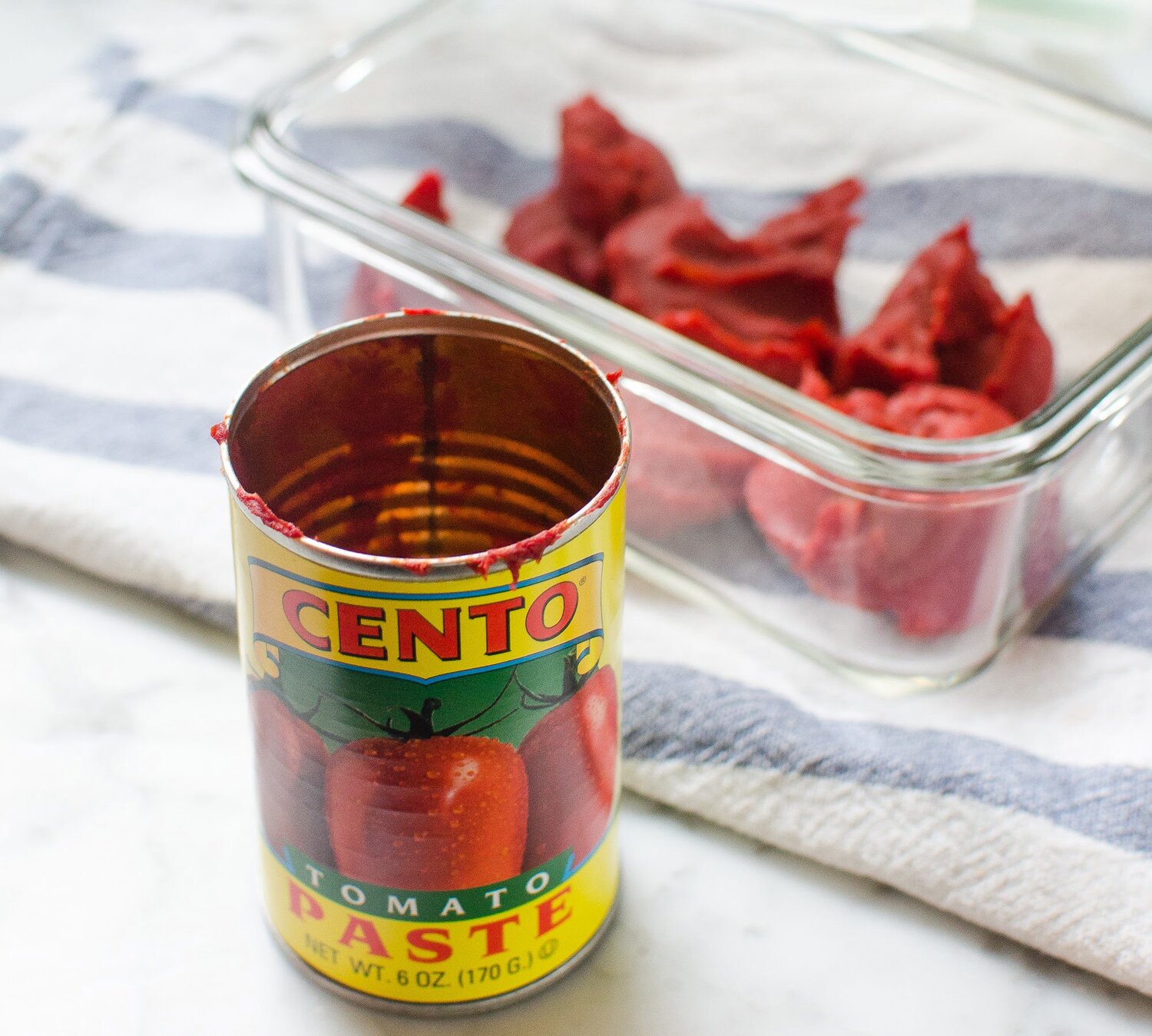
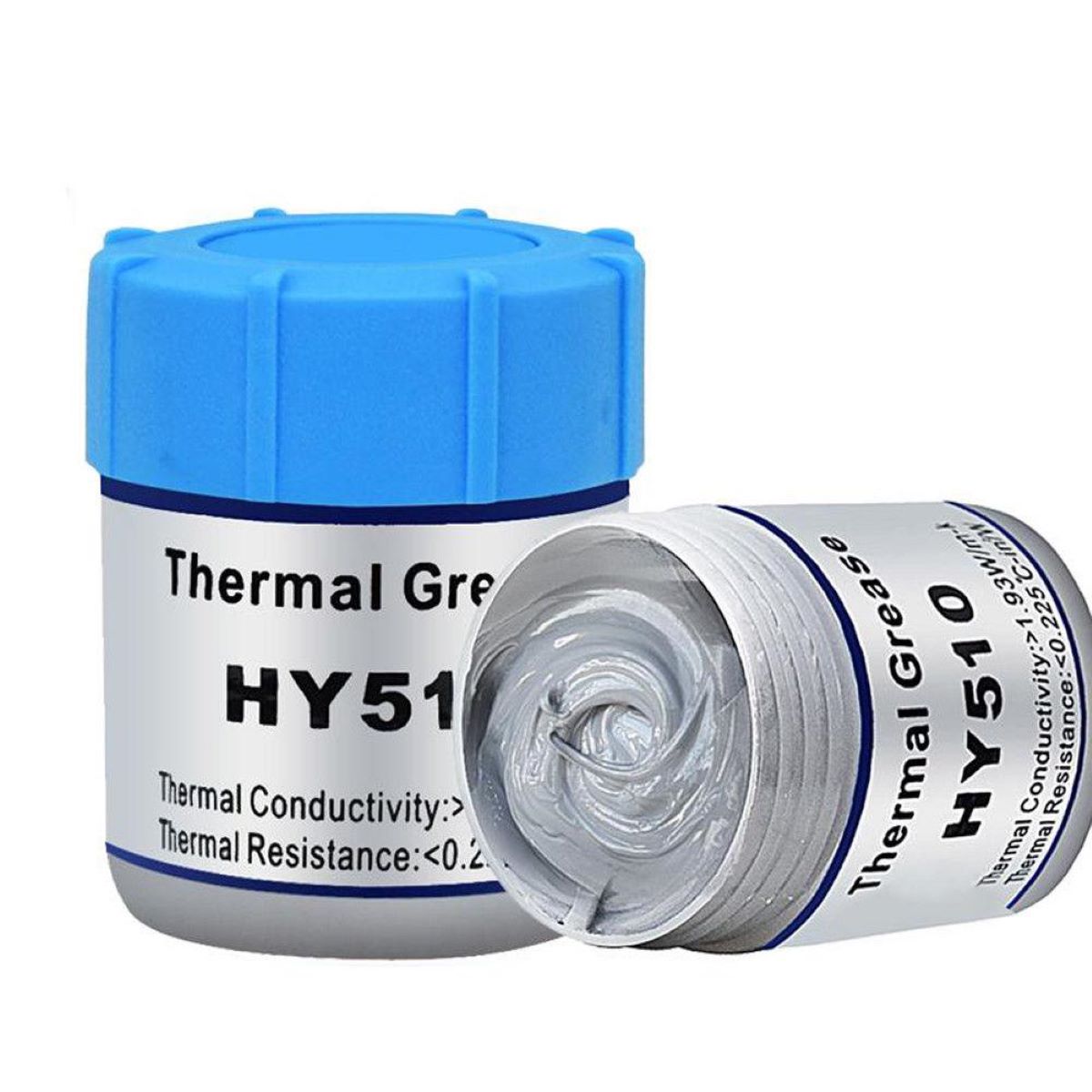
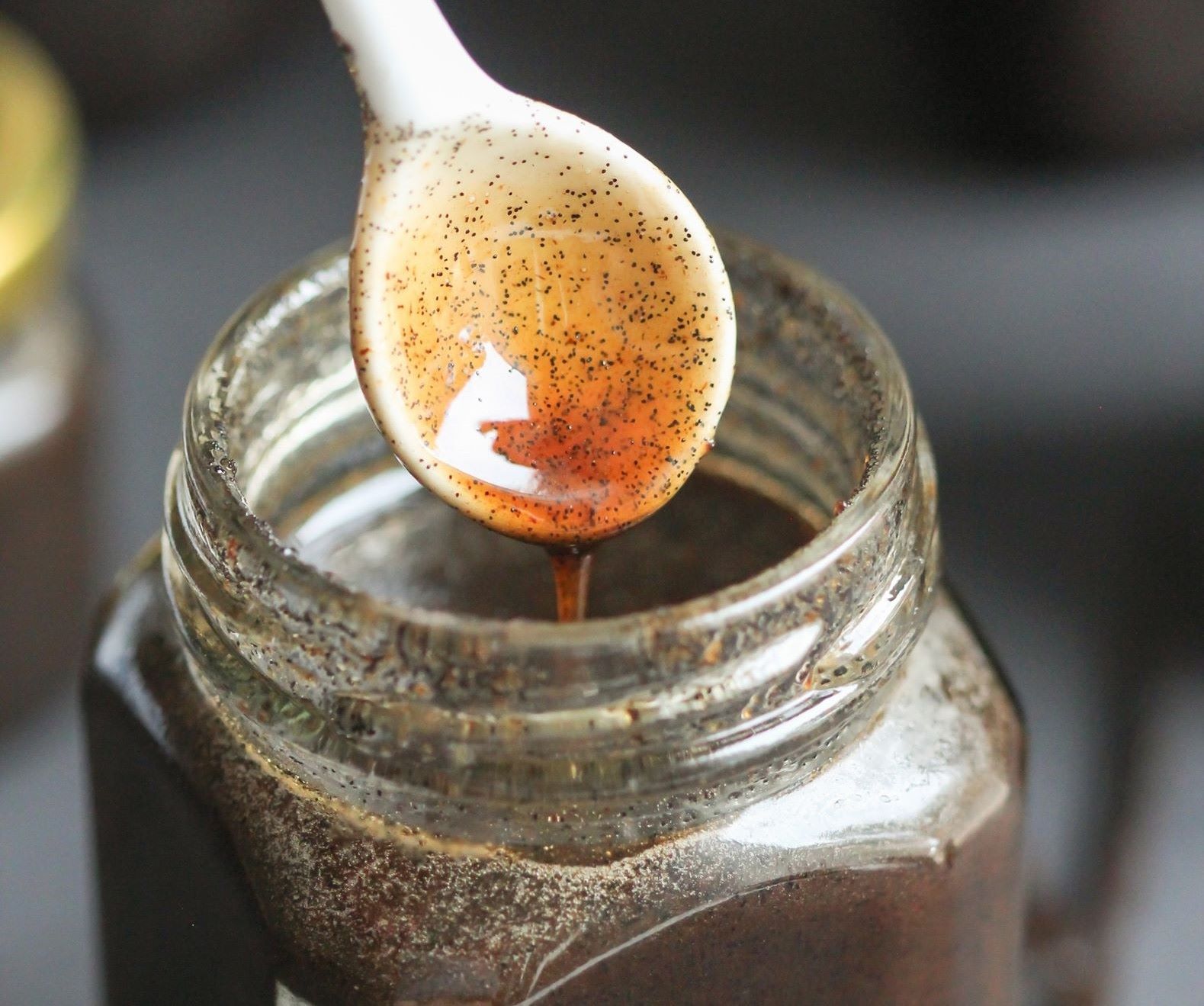
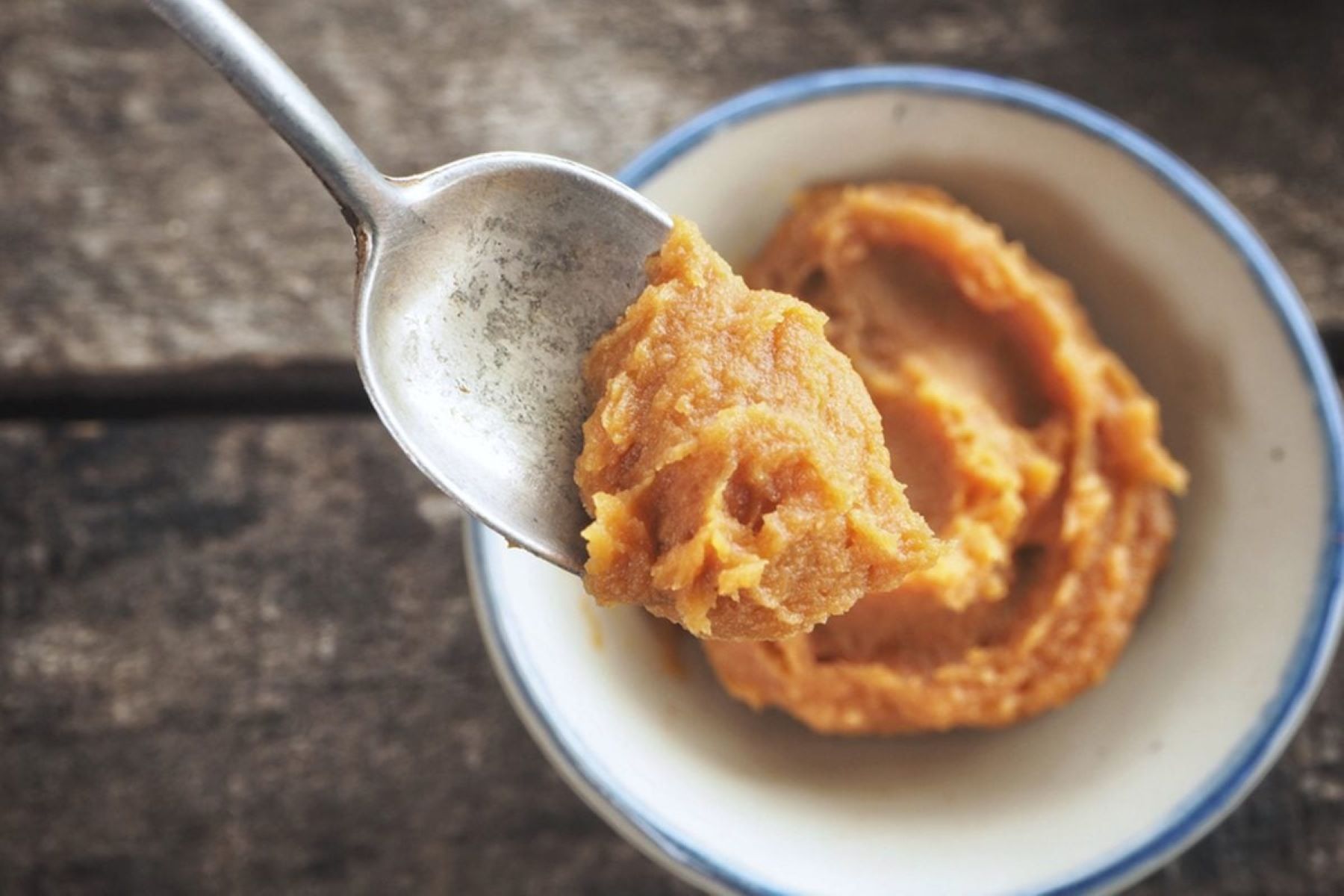
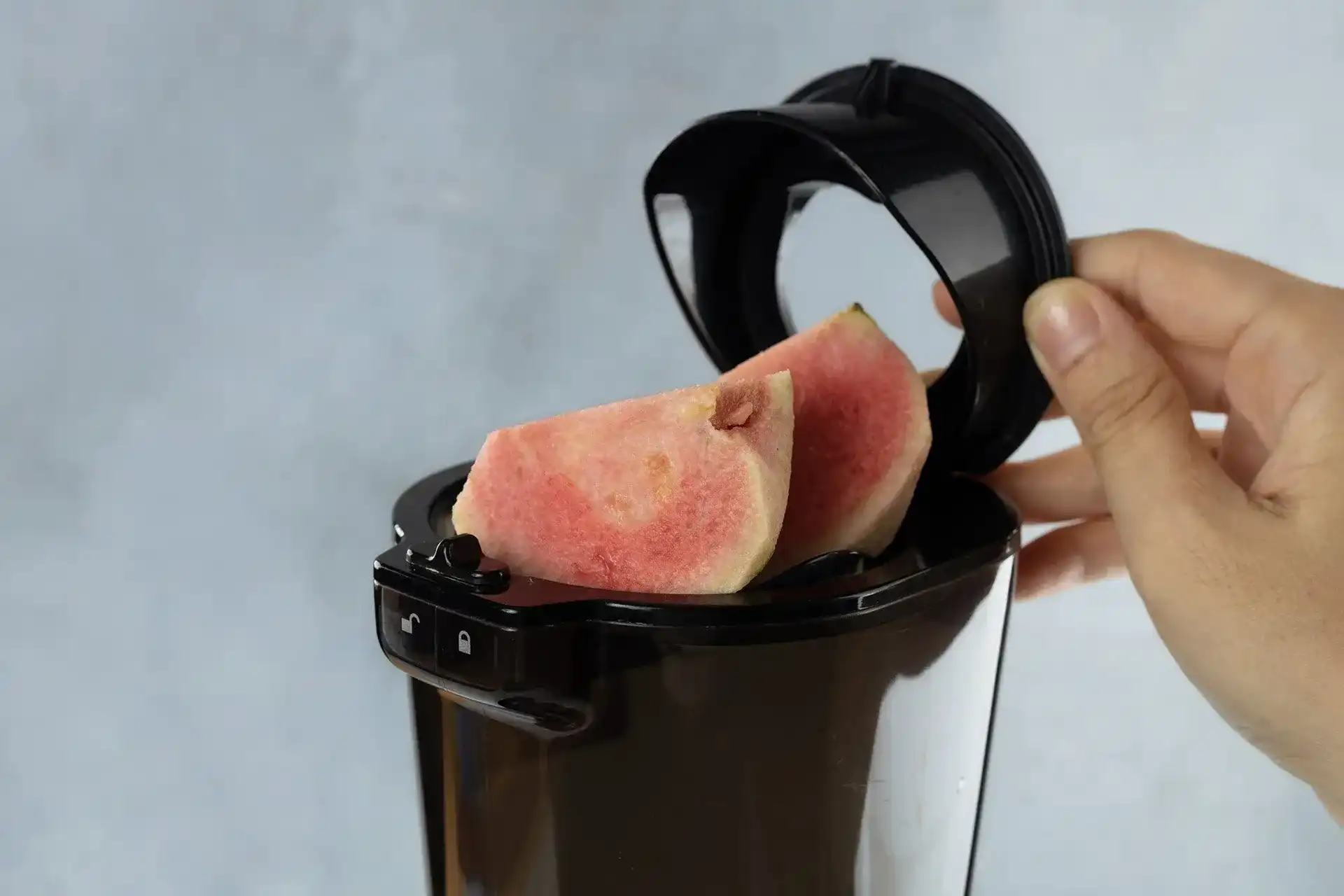
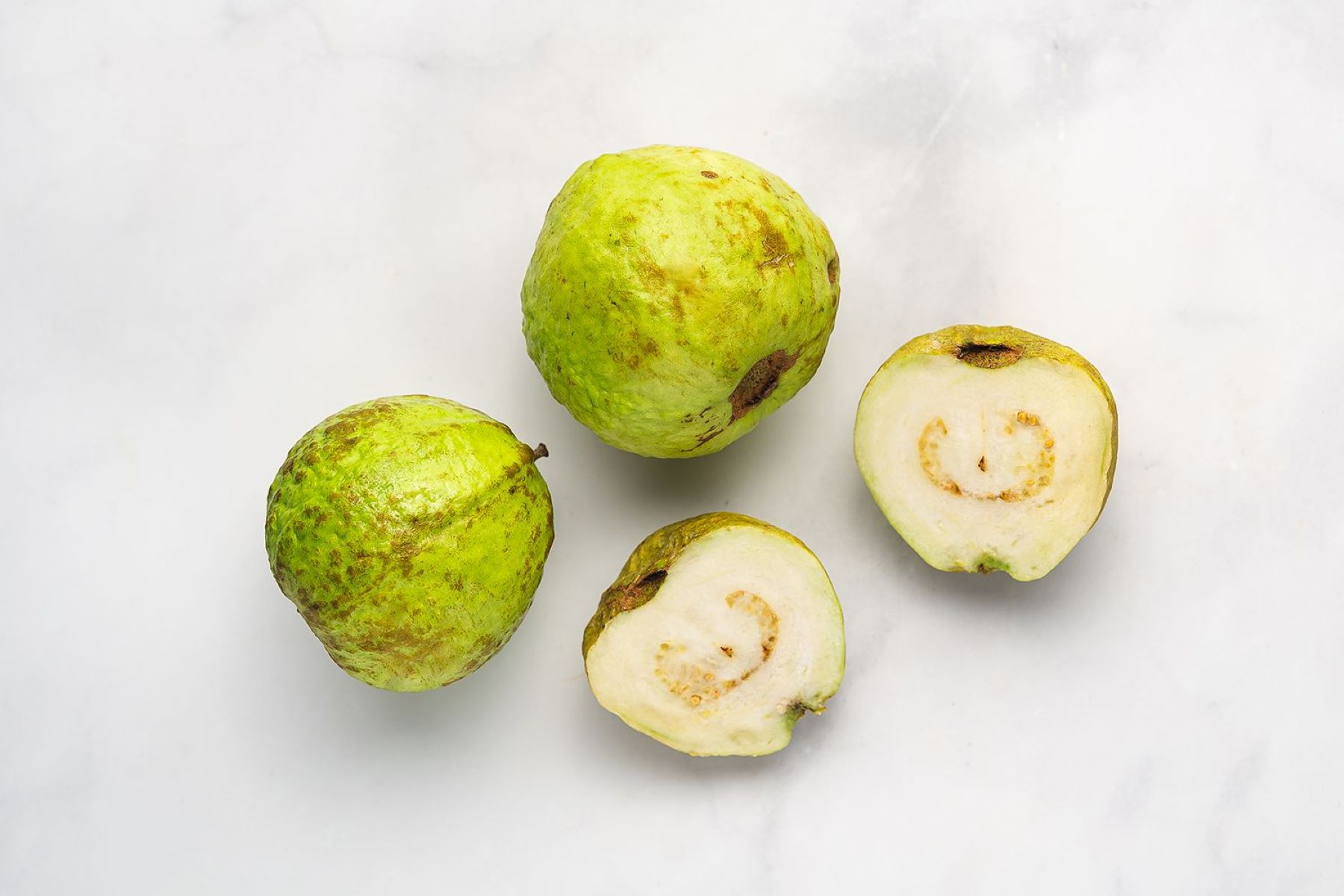
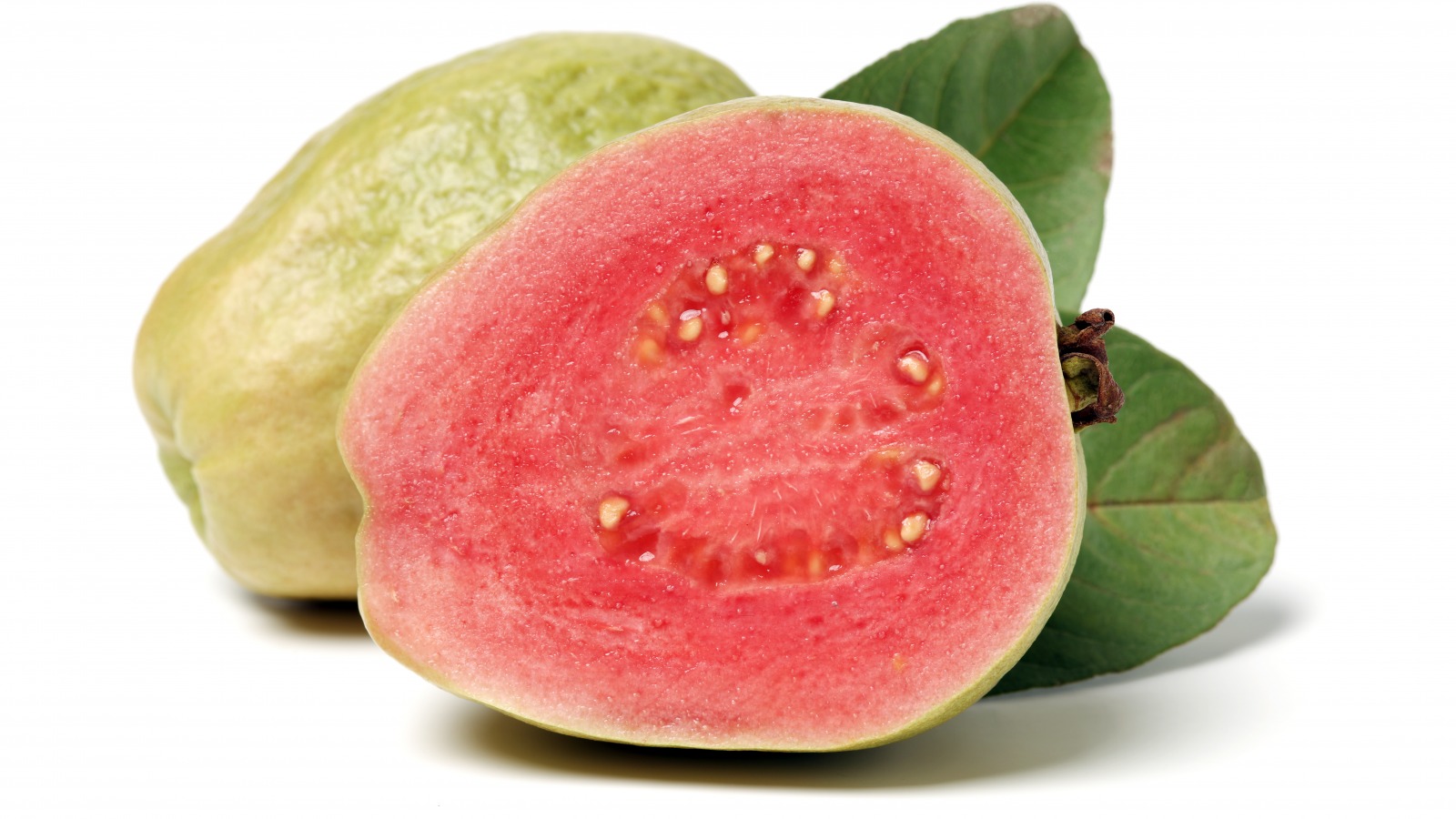
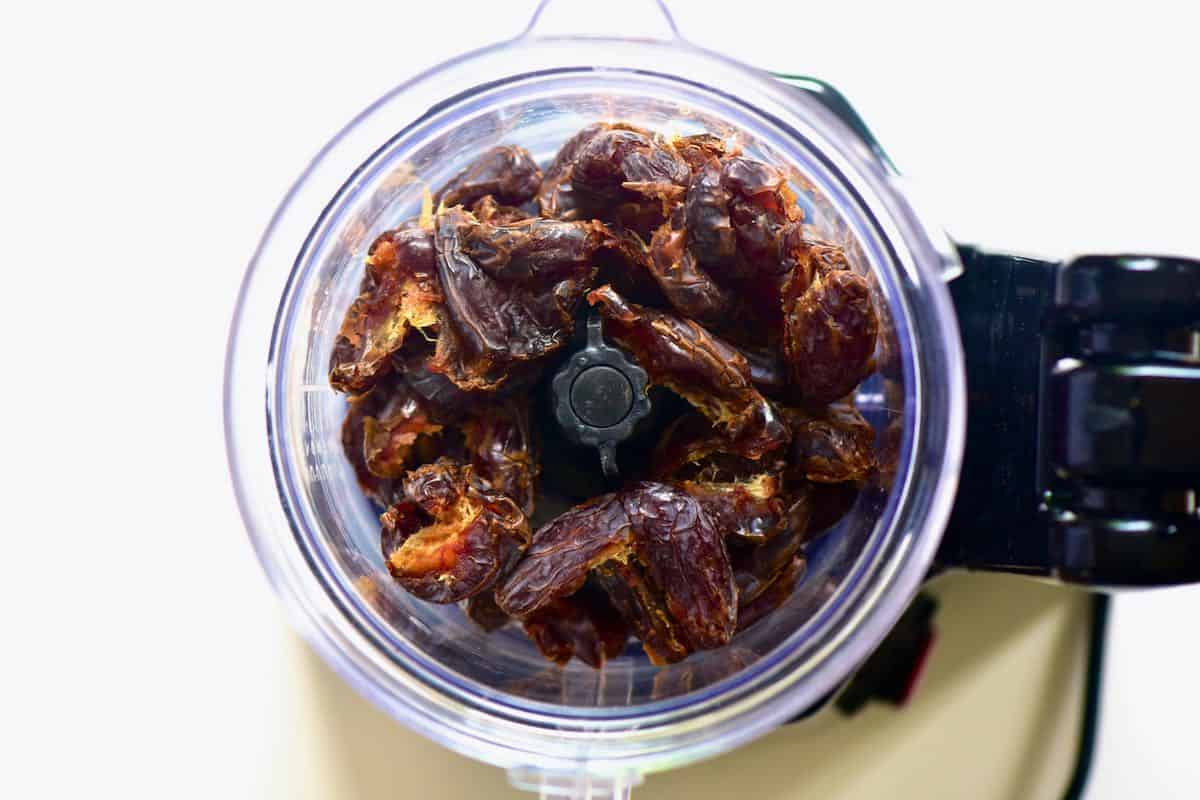
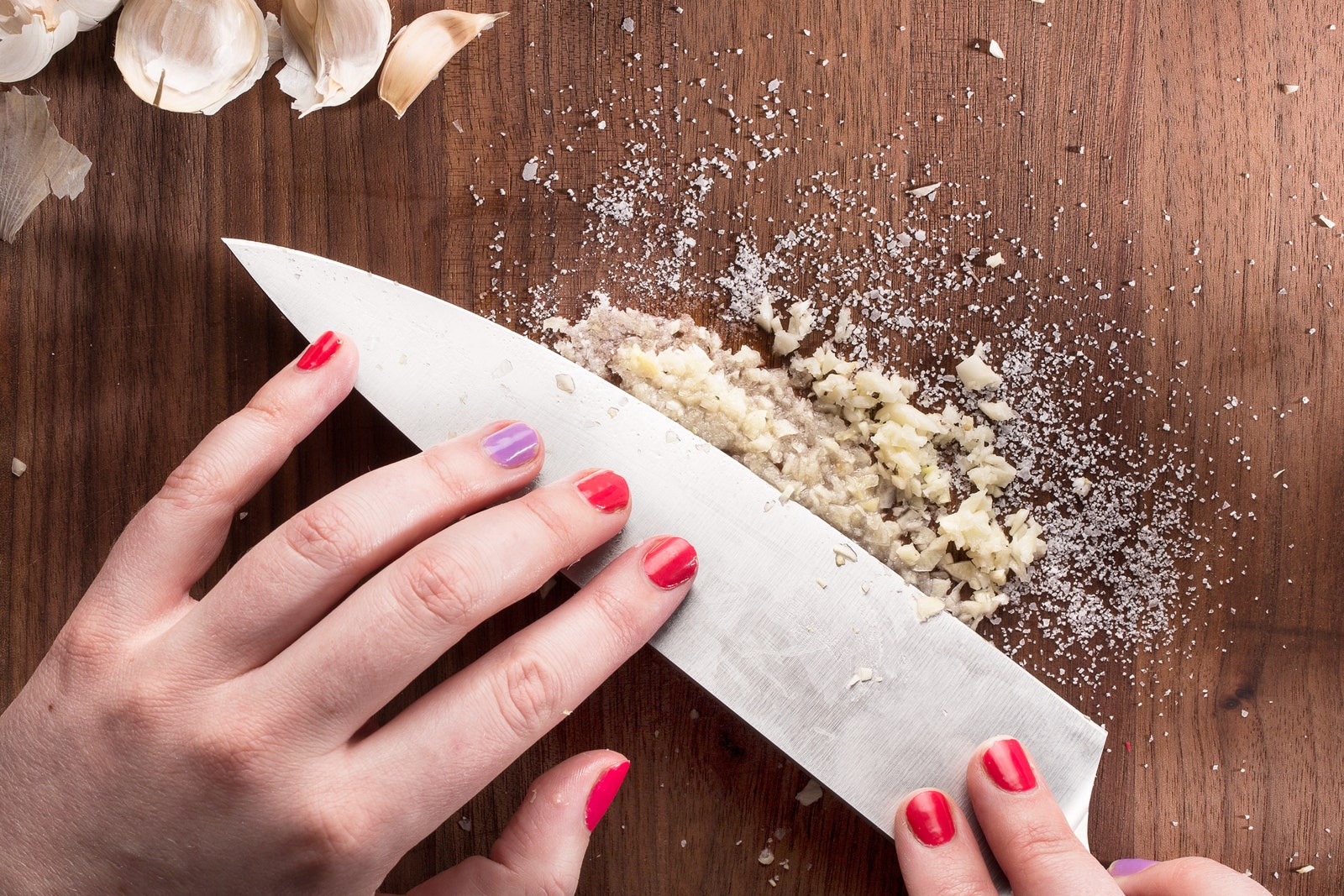

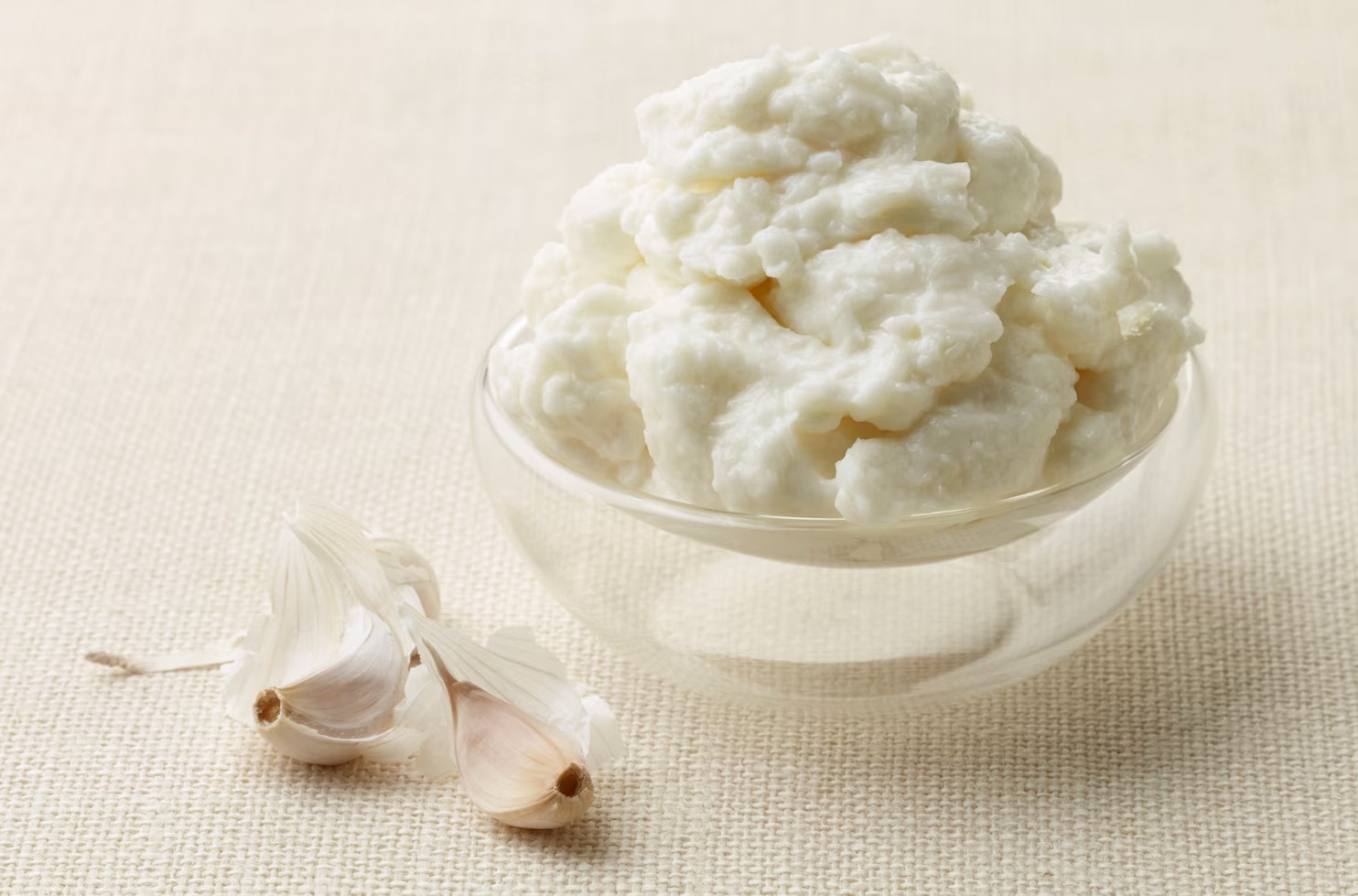

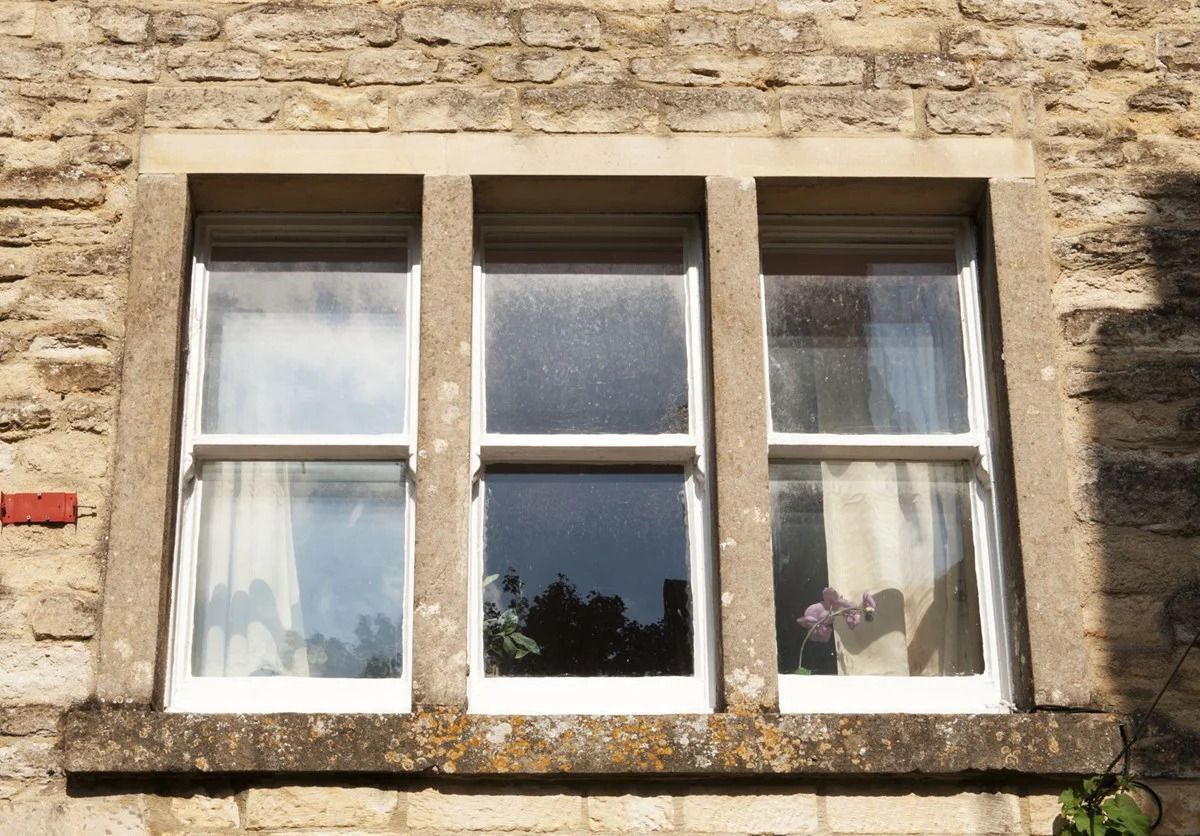
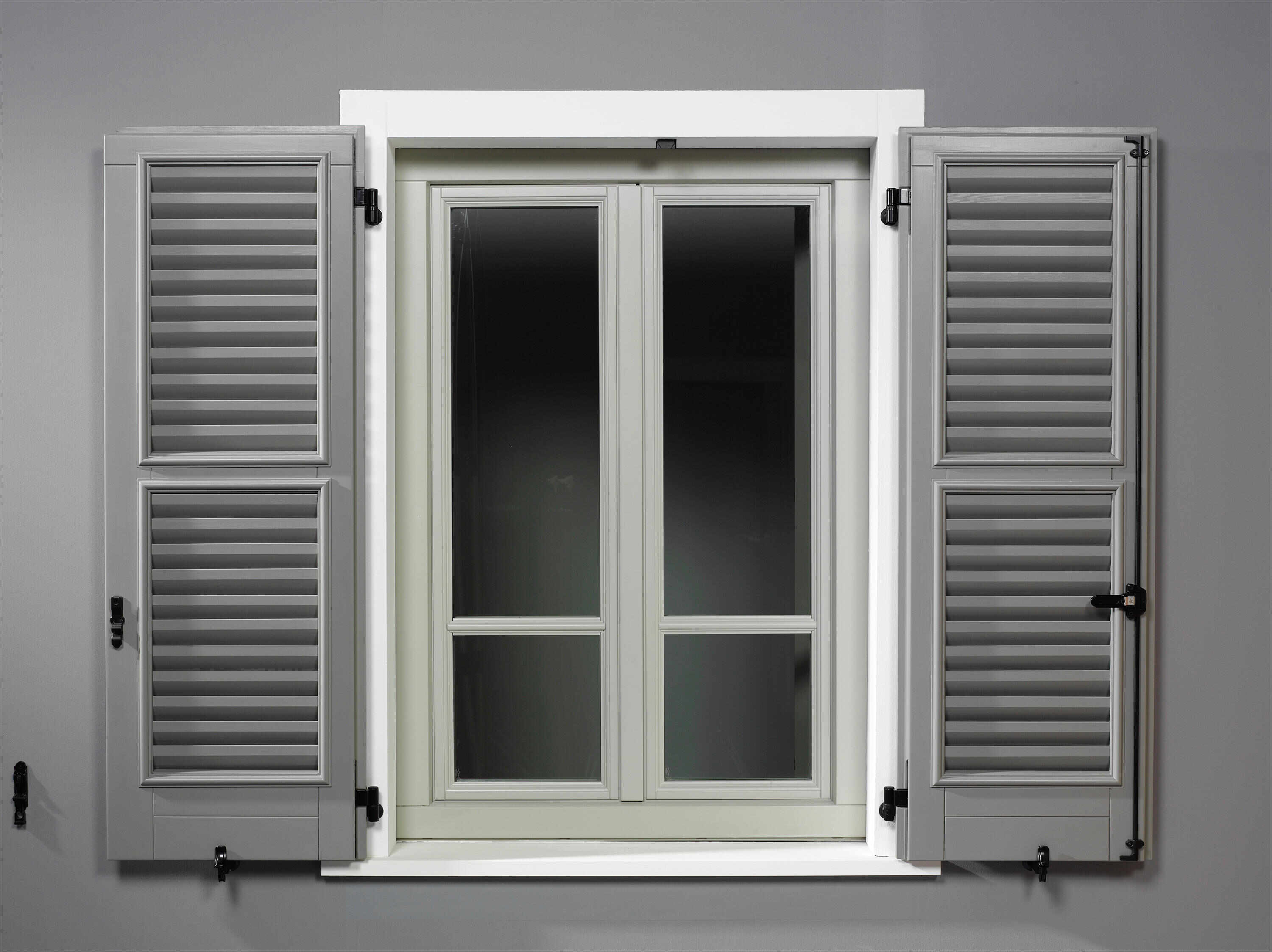

0 thoughts on “How To Store Guava Paste”